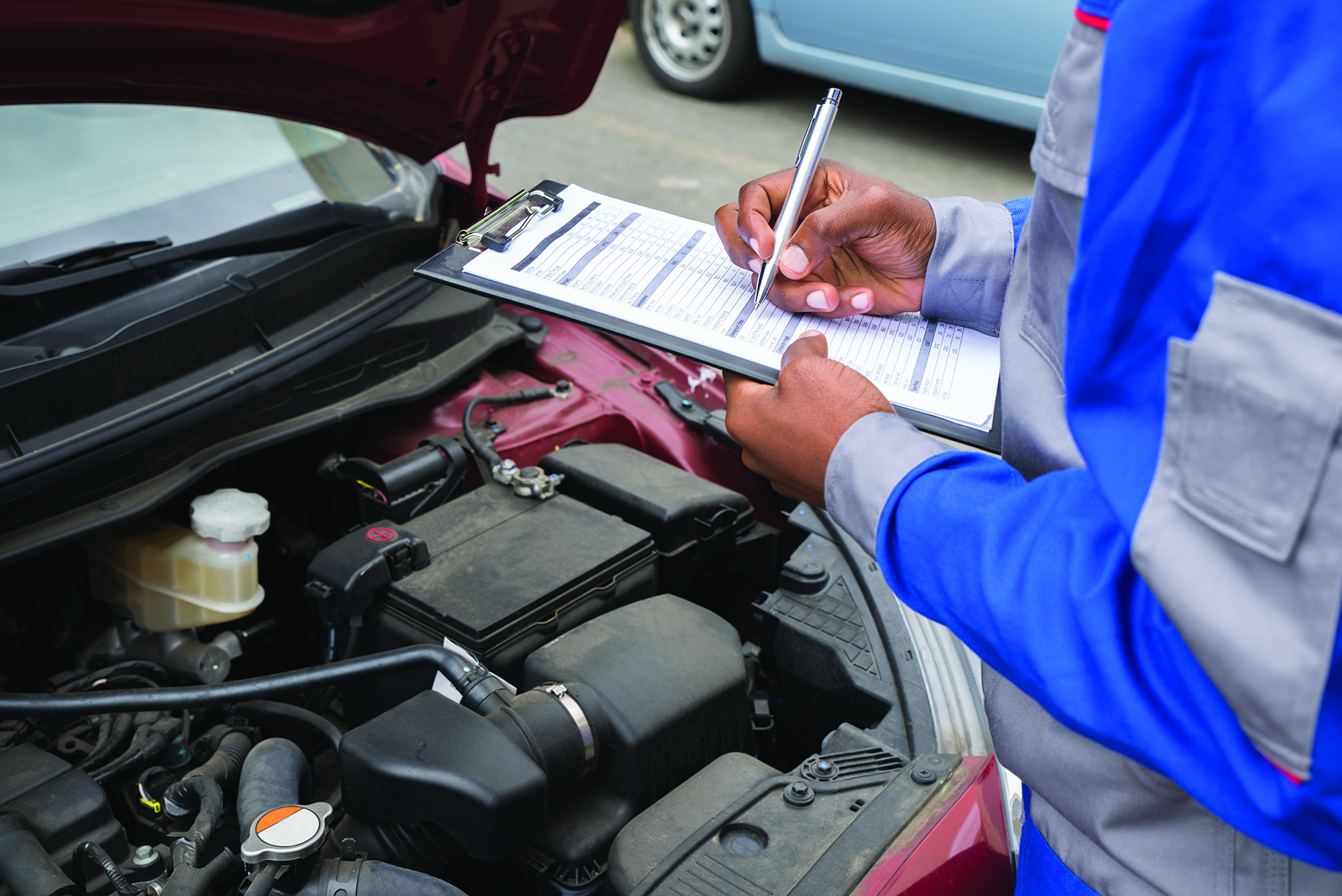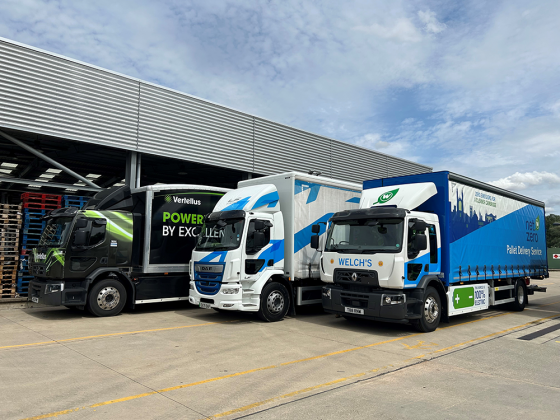A check a day keeps the DVSA away

Daily vehicle checks can often be overlooked when time is short. But as an operator, it’s key that you make sure there are regular safety inspections and that drivers are provided with clear written instructions of their responsibilities, advises LoCITY’s James Smith
Keeping a commercial vehicle roadworthy is required by law, but is also plain common sense. You’ll reduce the risk of accidents and keep your fuel bills down which ultimately results in a more profitable vehicle.
At LoCITY our focus is on ensuring drivers are aware of the environmental impact of commercial operations. Our short e-learning course available via FORS is a great starting point for anyone who is interested in vehicle checks and alternative fuels.
Perhaps you are looking to pick up a vehicle that’s compliant with the new Ultra Low Emission Zone? Whether you’re leasing, hiring or borrowing the vehicle, there are safety inspections which must take place before you use a vehicle for the first time. But let’s focus on what checks we can make once they are in service. These can often be overlooked as time is short and we want to keep the fleet busy and on the road.
As an operator it’s key that you make sure there are regular safety inspections and that drivers are provided with clear written instructions of their responsibilities so they understand what to check. Similarly if they find a problem you need a way for them to report an issue so non-roadworthy vehicles are taken out of service.
What should we tell the drivers?
Whilst the exact checks might vary by vehicle before it goes into service, the key principle should always be to check by walking around before, during and after journeys.
Your load should be planned and positioned safely, and secured correctly. Lastly, drivers should record problems and take action.
As a commercial vehicle driver, a quick, repeatable and simple visual check saves time and money especially as the easiest issues to find often hide the biggest cost.
Externally we need to look at the condition of basic elements like fuel and oil leaks, wheel nuts, lights, bodywork and windows.
The government has published daily walk around guidance for HGV and Van drivers [www.gov.uk/government/publications/van-drivers-daily-walkaround-check] so introducing these elements into a daily routine should prevent problems.
Tyre considerations
It’s worth paying particular attention to tyre tread and pressure as that has a huge impact on fuel economy and stopping distances. A less than 1 bar reduction in tyre pressure can reduce the safe lifespan of a tyre by
20 to 30 per cent, but importantly can also increase fuel consumption by five per cent.
An under pressure tyre generates more heat and rolling resistance but on wet roads braking distance can extend by up to 12 meters. That’s the width of around two pedestrian crossings.
Keeping an eye on tread is also important as uneven wear reduces a tyres ability to prevent aquaplaning, but is also a legal requirement to ensure all tyre tread exceeds the minimum legal limits. For HGVs, the legal limit is 1mm, but best practice suggests maintaining a minimum of 3-4mm at all times.
Load management
If you are carrying a load or pulling a trailer then you need to inspect the coupling, electrical, ABS and braking air line connections, load attachments and any landing legs.
Another pre check worth considering is whether your vehicle is carrying excess load – if you’ve got depot storage facilities then removing additional weight each day and anything stored on the roof will reduce drag and improve fuel efficiency. An empty roof rack alone has been shown to decrease a car’s fuel economy by about seven per cent so imagine the impact of carrying something on the roof you won’t need that day.
Combine this with driver training to reduce aggressive acceleration and braking and you’ll definitely reduce wear and operational costs.
Diesel drivers
For some diesel vehicles, it’s also important to check AdBlue levels fairly regularly – this is excellent at supressing exhaust emission but only if topped up regularly. If you run out of Adblue, then an active selective catalytic reduction system could reduce engine power to make sure the vehicle restricts emissions. Not something you want to happen mid shift!
Commercial drivers are responsible for reporting any defects in writing to whoever’s in charge of sorting out vehicle defects.
It’s important to get critical details recorded on file like the vehicle registration, date of inspection, and details of the defect.
If you are on the road the DVSA or police can stop lorries, buses and coaches for spot checks. Issues are graduated depending on circumstance and seriousness but generally any prohibition will prevent you from driving until the problem is fixed. Overseas-registered vehicles are subject to the same rules as those registered in the UK.
Finally I think its worthwhile highlighting the customer impact of a daily check before you leave home or your yard – if you are confident the vehicle is fit for purpose and will complete its journey then so will anyone paying for your services. Failure to check vehicles will be costly for everyone so an effective compliance and fault reporting system is essential and mandated for HGV operators.
You’ll detect minor defects before they develop into more serious faults and can be confident you are running vehicles which are safe, clean and reliable.






